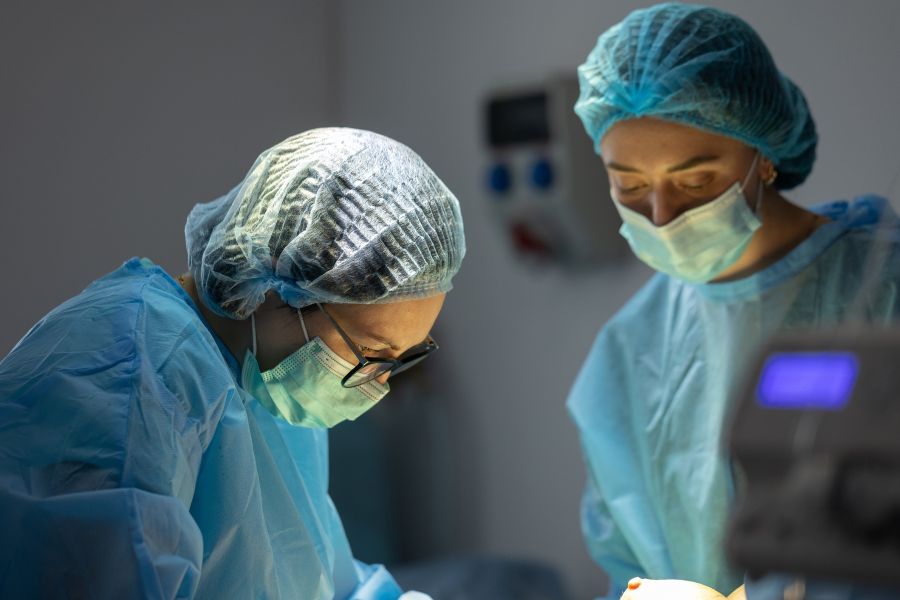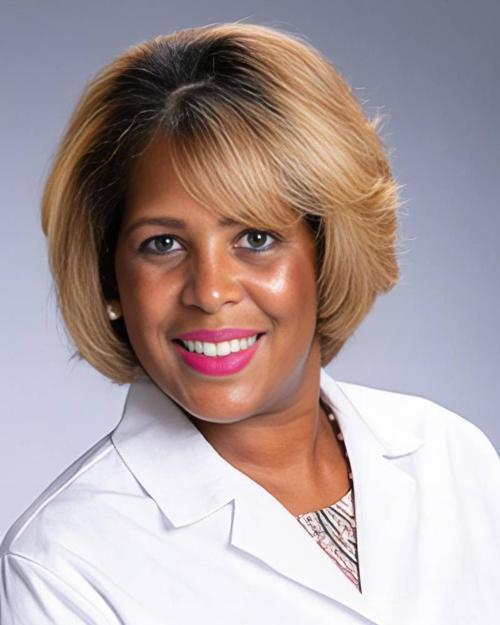
Breast cancer surgery can bring many questions about reconstruction options, timing and recovery. To help patients understand what to expect, we asked Dr. Janine Pettiford, a breast surgeon with Surgical Specialists of Atlanta, to answer some of the more common questions she receives.
What are the main reconstruction options available for women after a lumpectomy versus a mastectomy?
Dr. Pettiford: In undergoing a lumpectomy, patients may have a concurrent oncoplastic reduction mammoplasty or breast augmentation by plastic surgery. Reconstruction options following mastectomy are tissue expander placement or direct-to-implant versus immediate DIEP flap or delayed DIEP.
How do you help patients decide whether reconstruction is the right choice for them, and if so, which type to pursue?
Dr. Pettiford: It depends on the breast cancer stage first, to determine if a patient is a candidate for immediate reconstruction. A patient diagnosed with inflammatory breast cancer or a patient with skin involvement may not be a candidate for immediate reconstruction, depending on the volume of skin involved. I refer patients to plastic surgery as well to see if they are deemed a candidate for immediate versus delayed reconstruction. Patients with a BMI greater than 40 or those who have uncontrolled diabetes are often advised by plastic surgeons to undergo delayed reconstruction. Plastic surgeons ultimately determine the type of reconstruction options.
Can reconstruction be done immediately after breast surgery, or does it sometimes need to be delayed?
Dr. Pettiford: Reconstruction can be done immediately after mastectomy, but it depends on the stage of breast cancer and if the patient is a good candidate. If a patient has inflammatory breast cancer, we often recommend delayed reconstruction given the amount of skin that may need to be removed. Indications for delayed reconstruction include a patient’s BMI over 40, uncontrolled diabetes or current tobacco use.
What are the differences between implant-based reconstruction and using a patient’s own tissue?
Dr. Pettiford: Autologous reconstruction utilizes your own tissue, typically involving rotational flaps such as a DIEP or latissimus flap. Implant-based reconstruction typically involves silicone or saline implants, which carry a higher risk for infection, rupture or capsular contracture.
How do factors like age, health or cancer treatment (such as radiation) influence reconstruction choices?
Dr. Pettiford: Patients with a BMI greater than 40 or patients who have uncontrolled diabetes are often advised to undergo delayed reconstruction. Patients can have tissue expander-based surgery and then receive adjuvant chest wall radiation, but there is a risk of capsular contracture, which may later require a rotational flap.
What should patients expect in terms of recovery time, follow-up surgeries and long-term outcomes with each option?
Dr. Pettiford: Recovery after a lumpectomy is typically one to two weeks. Recovery after a concurrent lumpectomy with reduction mammoplasty is about four to six weeks.
Are there any new techniques or advances in reconstruction that patients should be aware of?
Dr. Pettiford: Advances in reconstruction include DIEP flap reconstruction and nerve-sparing mastectomy.
What advice do you give patients who are feeling overwhelmed by the number of decisions around breast surgery and reconstruction?
Dr. Pettiford: I tell patients they know they have made the best decision for themselves when they are at peace with their decision.
Learn more about breast surgery at Northside Hospital.

